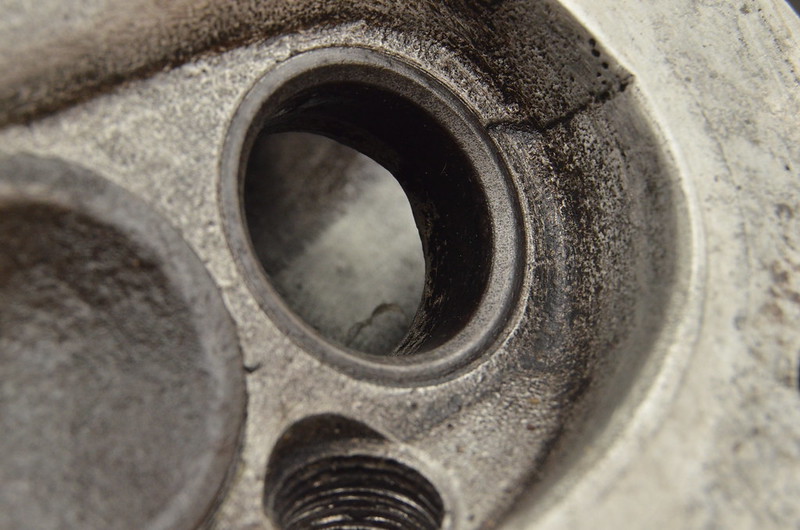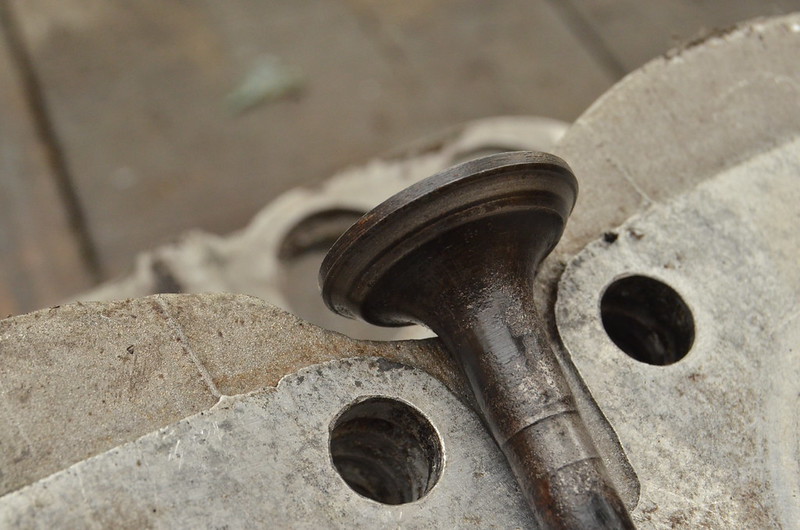The Fiat 500 does have inserts but lasted almost 16,000 miles for me. Latterly I hammered it creating the perfect conditions for valve seat recession; guess what happened?

The seats on mine weren't hard enough to cope with extended periods of hard use with unleaded.

I wonder how many 1,000's of miles were on those valve seat inserts before you clocked up 16,000 miles?
Back in the day (when the 500 was new), it wasn't unusual to have to do a decoke and top-end rebuild after 30,000 miles and a full engine rebuild after maybe 60,000 miles. This was despite oil changes every 3000 miles.
Times have moved on, better materials, tighter tolerances, better oils, resulting in engines typically lasting 150,000+ miles before needing a rebuild. But the parts available to rebuild a 500 engine now may be not much better than what was originally used when the 500 was new....
I'm thinking valve and valve seat material especially. It's fine to say that there's better, more long lasting, more resistant to valve seat recession materials available nowadays but the parts being supplied for the 500 may not be made from the latest and best materials. I remember valve made from Nimonic Steel being available back in the '70's
but these were only available in certain sizes to suit engines that were populars with Tuners.
Re: your pic of the burned-out valve in the 1st post. Back in the day, it was common practice to reface the valves on a special grinding machine and re-cut the seats before lightly lapping-in with fine grinding paste. If too much material was removed from the valve sealing face, the edge of the valve was left excessively thin to cope with the heat from the exhaust gas. It might then distort and split and the subsequent searing heat of the exhaust gases escaping would erode away at the weak point ending up with a valve just like the one in your picture.
There was actually iirc a figure given for the minimum thickness of the edge of the valve after refacing. In your last post you show a valve which has a hollowed sealing face. I reckon that if this valve was refaced the old-fashioned way, the edge of the valve would then be too thin to last very long.
Like you, I too would simply lap-in the valves and reassemble to get some more miles covered and maybe rebuild a spare head properly at a later stage as time and funds permit. You might even come across another head or engine in great condition!
Re: Seat width. I'd agree that the seating contact line should be quite narrow on the inlet valves (Pencil line width as IanEmery has said) but I was taught to leave a wider contact face on the exhaust valves, maybe twice as wide, as this is how most of the heat is conducted away from the exhaust valve head. Some exhaust valves were hollow and contained sodium to try to keep the valve head from overheating (the sodium melted and flowed up and down moving heat away from the head).
Afaik modern practice is to cut the valve seats using a 3 angle cutter and use new valves. Some modern valves have a special coating on the sealing face which shouldn't be removed by lapping/grinding in.
Many people don't pay sufficient attention to the condition of the valve guides. On an overhead valve engine such as the 500, the action on the rocker arms opening the valves puts a side load on the valves, so the guide bore doesn't wear evenly, you need to check the valves for play in
2 planes. Any excessive clearance between valve stem and valve guide can allow oil to be drawn down and into the cylinders on the over-run, resulting in a puff of smoke when you go back on the throttle. Same as what can happen if valve stem oil seals, if fitted, are worn/ hardened/ cracked.
If up-grading the valves to one's made from a different material check
that the valve guide material is compatible. Iirc there's some combinations that can cause problems. Most guys in machine shops usually know their business inside -out, so ask for their recommendations first before booking in a job with
your instructions on how things are to be done.
Al.








